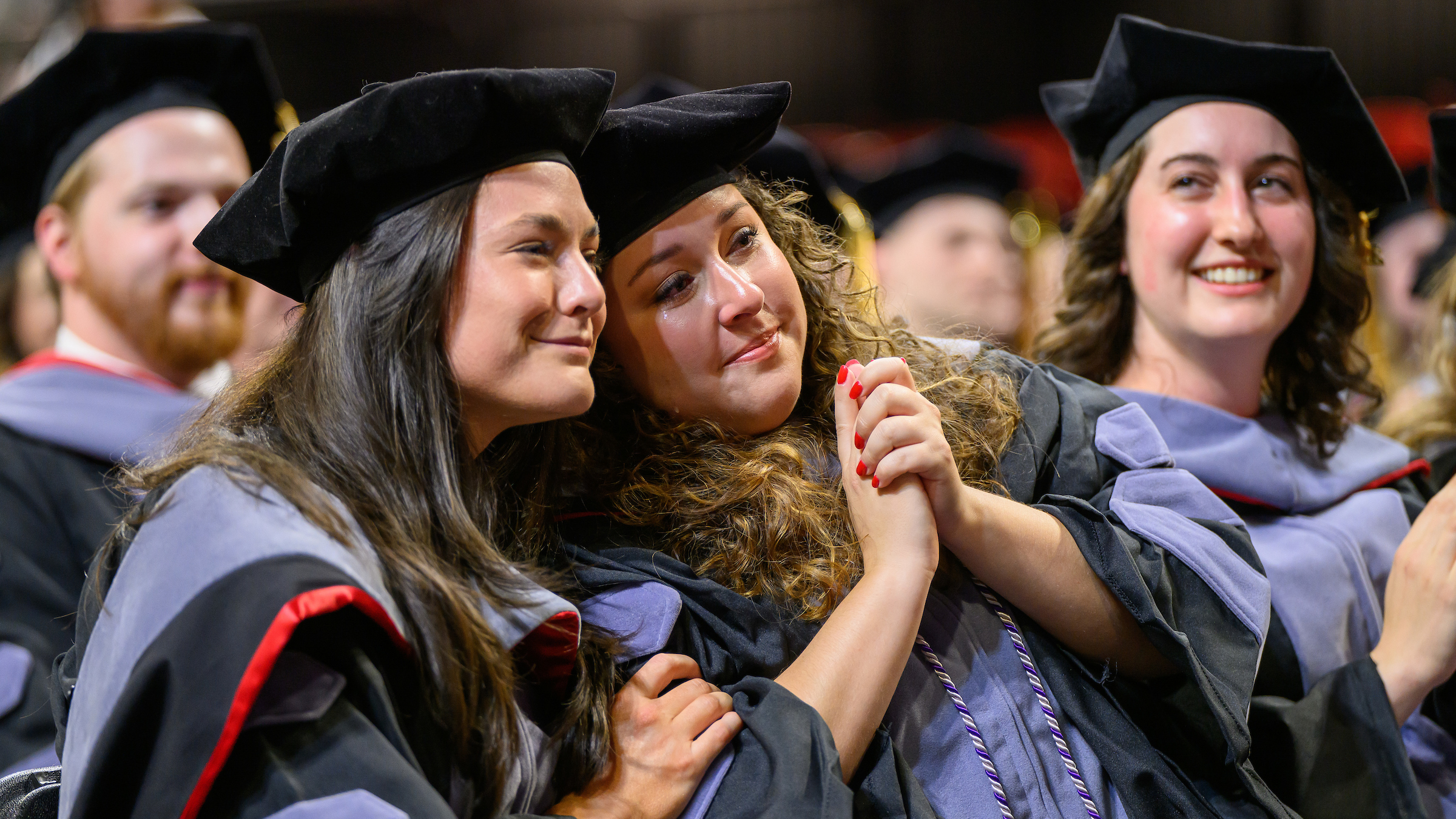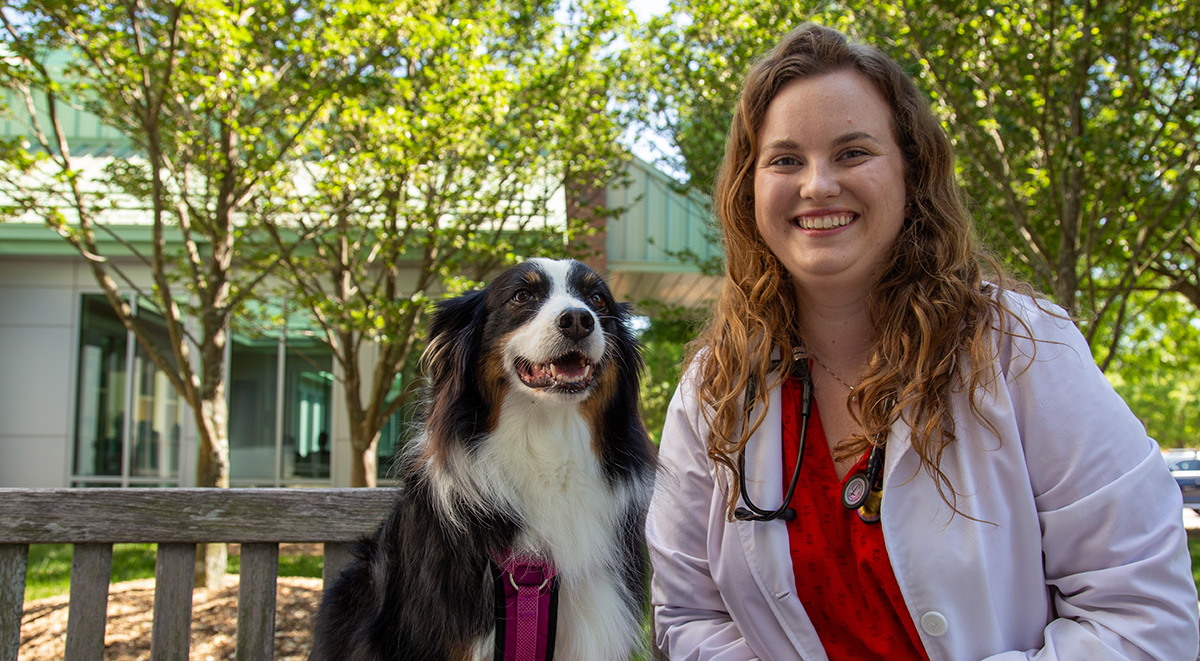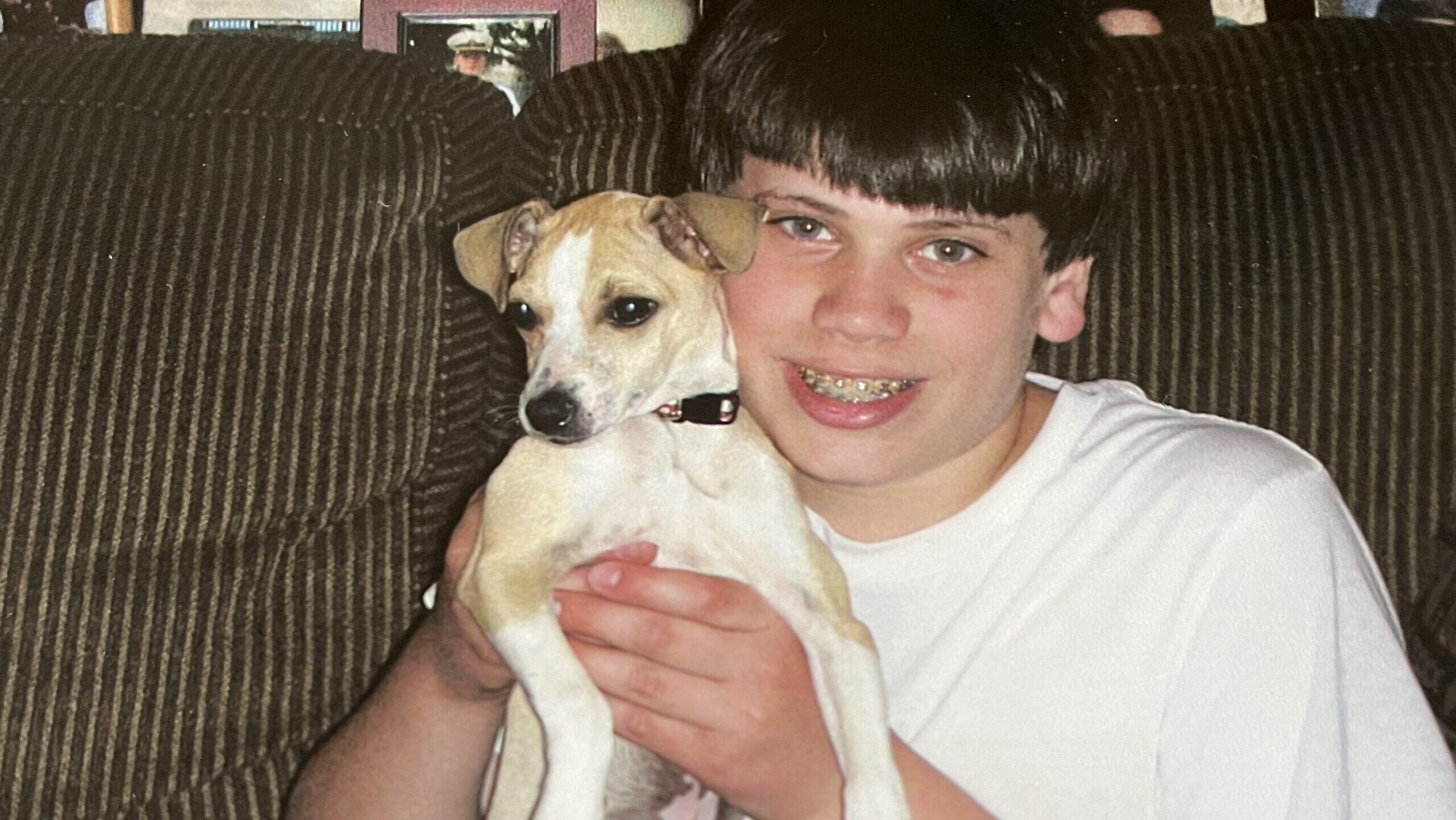Unusual Surgery by NC State College of Veterinary Medicine Team Saves Injured Green Sea Turtle
RALEIGH — Out came the rotting tissue and bone bits, on went a couple of women’s dress hooks via dabs of five-minute epoxy and household repairputty. And voila! One repaired sea turtle noggin.
A surgical team of about 10 N.C. State University veterinarians, technicians and students used a novel mix of high technology and common sense Thursday to treat a juvenile Green turtle, an endangered species.
“Holden III,” as the turtle was named by rescuers, is perhaps 3 years old and the size of a serving platter. Volunteers who patrol Holden Beach keeping an eye out for stranded turtles found it a month ago with its skull split nearly the full length of its head – apparently damage from a spinning boat propeller. It has been nursed ever since at the Karen Beasley Sea Turtle Rescue and Rehabilitation Center at Topsail Beach.

Only on Sunday had it started to eat again. But other than its wounds, the turtle appeared to be healthy, said Dr. Greg Lewbart, who led the team Thursday at NCSU’s College of Veterinary Medicine.
There is something ironic about the idea of anesthetizing a turtle, perhaps the most complacent creature imaginable short of a sloth. But whether and how to do it was one of the most delicate problems Thursday.
Dr. Lysa Posner, an anesthesiologist who has worked with turtles on several occasions, told the team that sea turtles respond poorly to general anesthesia, losing at least some control over their ability to move and eat. The setbacks are usually temporary but pose big dangers for an animal already fighting serious injury.
Turtleness, luckily, turned out to be its own partial anesthesia. Holden maintained a Zen-like calm through a poking-and-prodding physical examination and a trip through a CAT scanner while taped to a board.
In the end, it needed only a shot of morphine in the flipper and its head wound washed out with a solution that included a local anesthetic to get through what looked like it should be a terribly painful cleaning of the wound.
Every 15 or 20 minutes, Holden’s heart rate slowed down to about 20 beats per minute, it lifted its head for one of those widely spaced sea turtle breaths. Then the EKG machine would say its heart rate had climbed again to a whopping 40.
Once the drugs had taken effect, four veterinarians and students washed out and tweezered debris, including dead bone fragments, from the wound, which ran from the turtle’s right eye back about 3 inches in a grove nearly as wide and deep as a man’s pinkie.
[section_subtitle] Turtles can’t clean wound[/section_subtitle]
In many cases, animals such as cats and dogs can lick wounds to clean out such dead material, Lewbart said. But turtles can’t, even when it’s just a cut flipper.
Once the wound was clean, a pair of third-year vet students, Jen Hendricks and Bethany Walters, began sanding the scaly parts of Holden’s head on each side of the wound and gluing on the tiny hooks normally used to latch the back of dresses.
The students then ran wires from hook to hook over the wound like shoelaces. They pulled the wires to close the wound as much as possible, then put repair putty over the hooks to ward off rust and hold them in place until the glue reached full strength.
They hope, Hendricks said, that the arrangement will hold together at least a few weeks to help healing.
The NCSU team started using the new technique this summer on injured box turtles and freshwater turtles. There are plenty to practice on, because there’s a nonprofit Turtle Rescue Team run by about 80 vet students with the help of donations. It will treat perhaps 300 land and freshwater turtles this year, most of which have shells damaged by cars and trucks.
NCSU believes Holden’s surgery marked the first time the technique has been used on either a sea turtle or a turtle’s head.
The alternative, Lewbart said, would have been to drill holes in the pieces of skull and wire or plate them together.
[section_subtitle] Hearty turtles[/section_subtitle]
Turtles are remarkably robust and often are able to survive in the wild after losing an entire flipper, Lewbart said. They can recover from head wounds that are much worse, as long as they don’t get a serious infection. That’s one of the chief concerns with Holden.
Lewbart also is worried about damage they found to both of Holden’s eyes, though the turtle rescue volunteers said the turtle seems to be able to use at least one eye when feeding.
The $500 cost of Thursday’s visit will be paid by the turtle rescue and rehabilitation center, Lewbart said. Peggy LeClair, a longtime volunteer with the center, drove Holden and three interns to Raleigh from Topsail. The doe-eyed reptile rode on interns’ laps atop a towel.
It’s hard even for experts to determine the gender of young sea turtles. Rescuers designated Holden III a “her” for no particular reason other than the last couple of turtles to be randomly assigned a gender were made nominal males.
[section_subtitle] Holden a celebrity[/section_subtitle]
Even at the vet school, a sea turtle is something special. From examination room to CAT scan to operating room, the 7-pound celebrity riding in a plastic storage bin was trailed by an entourage of up to 30 students, doctors, technicians, media members and turtle rescue volunteers.
After the wires were pulled tight and the operation complete, the treatment team was visibly happy that things went so well and that the injuries weren’t worse.
“I’m pretty optimistic that Holden will heal entirely,” Lewbart said. “These things are built like tanks.”
LeClair said Holden might be released in a year or less. “They can heal up so quickly sometimes you wouldn’t believe it.”
Associated Press report by Allen Reed.
[section_subtitle] More information on Green sea turtles[/section_subtitle]


